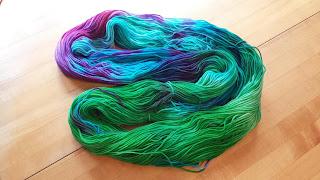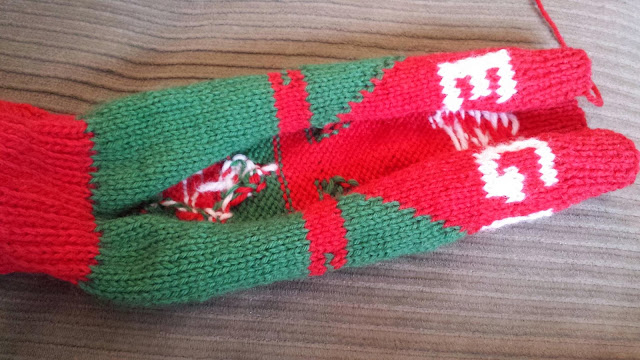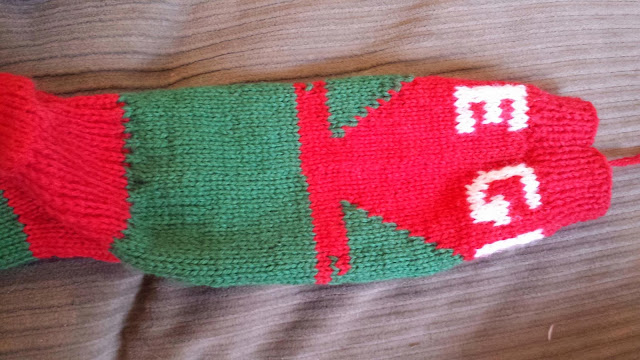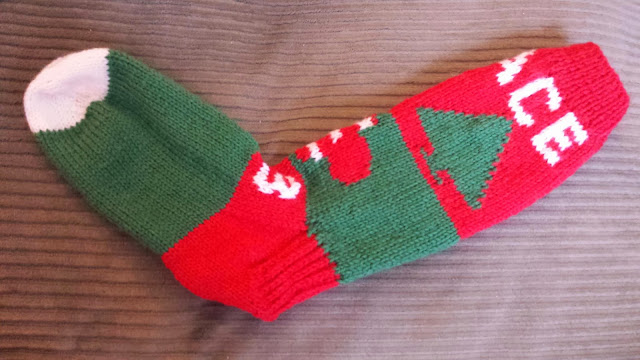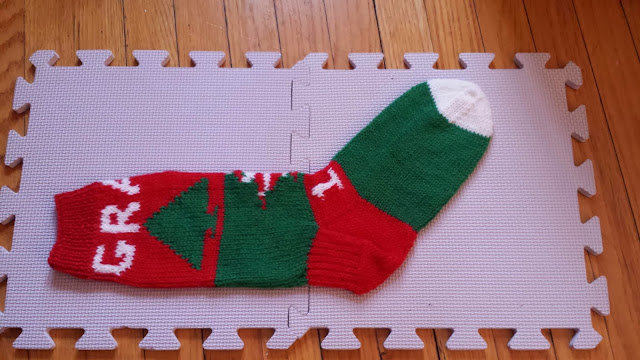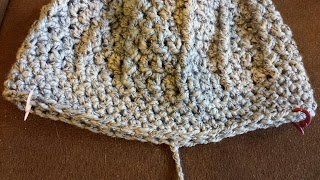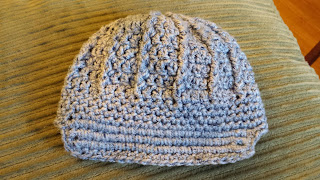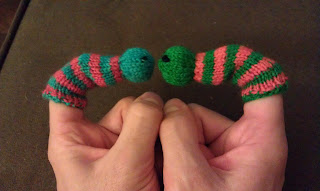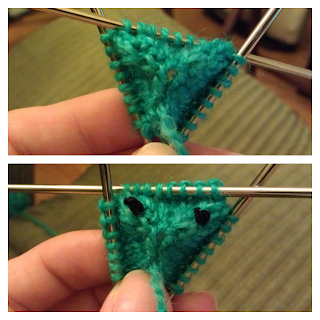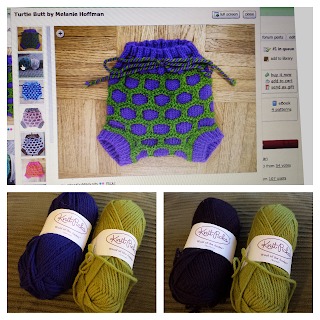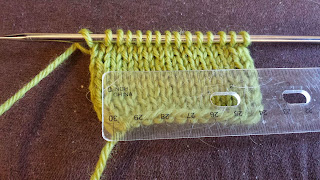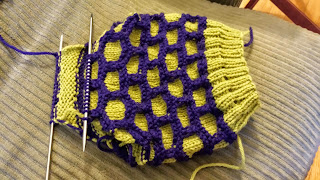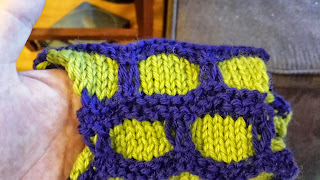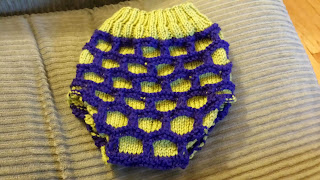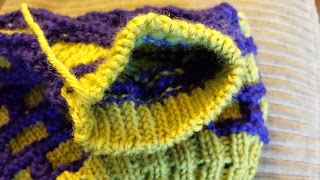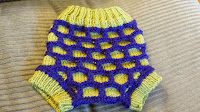The spinning section is 50 great pages of tools, how to pictures and tips. There are tips on carding, fiber types, spindle spinning and wheel spinning. I've been using YouTube a lot to help me learn, but I find the pictures in this book to be really excellent. The sections aren't in depth enough to use as your only source to learn to spin, but it a handy overview so you can get a sense of where to start looking for more information. While the book does a nice job explaining the WHAT, it doesn't do as good a job explaining WHY. Different types of drafting are explored, but there is no real discussion on why you might choose one over the other or how it would make a different type of yarn.
This book focuses on spinning for the first half, and then knitting on the second half. The pattern section is titled "What to Do with All That Yarn," so this is something that I could find helpful! None of the patterns jumped out at me as something I'm dying to create, but there is a good mix of items made out of thinner fingering/lace weight yarns and thicker bulky weight yarns. Overall, the project you pick depends on how much you want to show off the unique quality of the yarn.
The baby pod was the first handspun yarn I created with a specific knitting project in mind. I didn't have enough of the yarn I created specifically for this project, but I was able to complete it by combining two different handspun yarns. I'm excited to create more items out of my handspun yarn. This isn't a book that I would add to my library, but I am very glad I read it. I didn't know about "spinning from the fold" until now and I'm about to look for more information on this technique!















